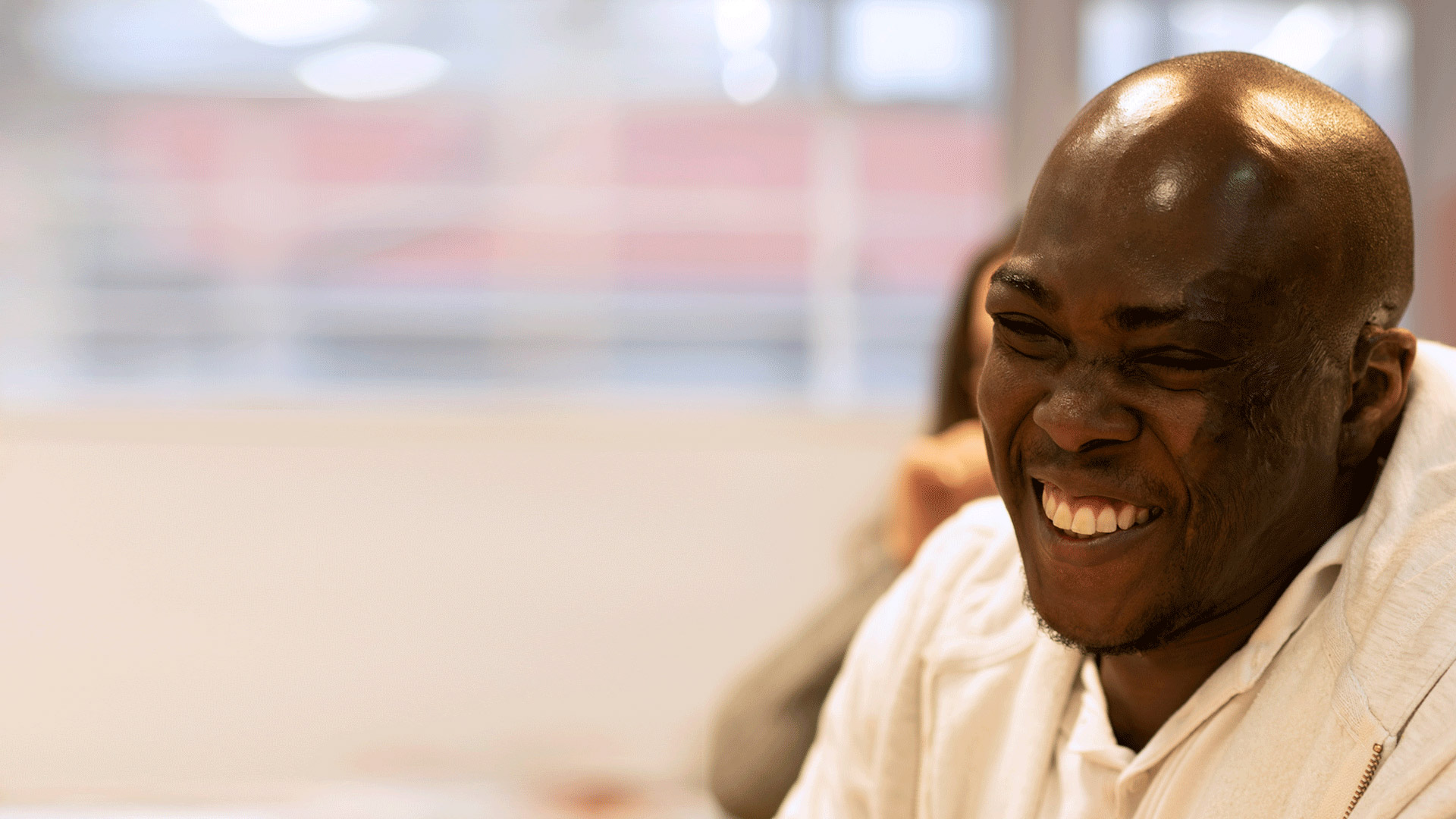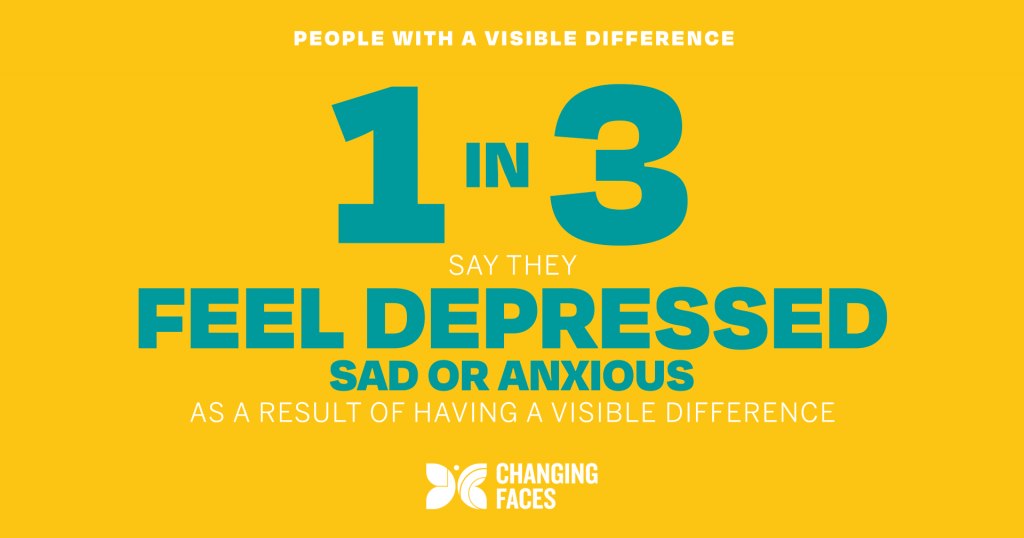Advice and guidance
Look at our self-help guides which cover topics such as confidence and self-esteem, coping with people’s reactions and topical COVID-19 advice.

We look at what visible difference means, explain some of the terms we use across our website and provide guidance on how to seek help and support.
Nearly one in five people in the UK self-identify as having a visible difference according to research conducted by Savanta ComRes. But what does having a “visible difference” actually mean?
We use various terms throughout this website, including “visible difference”, “looking different” and, when appropriate, “disfigurement”. On this page, we explain what we mean by the term visible difference and the impact looking different can have on a person’s life.
No two people are the same. We are all unique in some way. For example, we have different personalities, styles, likes and dislikes.
At Changing Faces, we describe visible difference as a scar, mark or condition on your face or body that makes you look different.
This can be something you are born with (the medical term for this is “congenital”) or it could occur or develop during your life. Anyone can be affected by a visible difference, at any point in their life.
Examples include:
For more examples, please see the types of visible difference page.
People use a variety of words to describe themselves. They may say they “look different”, or have a “difference”, a “disfigurement” or an “altered appearance”. Many people prefer to use the name of the condition, mark or scar – for example, Treacher Collins syndrome, scarring, rosacea or neurofibromatosis.
“Disfigurement” is not a description preferred by many people who have a visible difference. It is mainly used in medical or legal environments. The term disfigurement is used in the UK’s Equality Act 2010 to protect people with “severe disfigurements” from discrimination.
The words you use to describe your difference are up to you and depend on what you feel comfortable with.
How people feel about their appearance varies considerably. Some people are proud of their visible difference and live fulfilling lives. Others find it emotionally challenging and that it limits what they want to do or feel they can achieve. Some people may struggle with a particular area of life. These feelings also may vary from day-to-day.
The impact a visible difference has on a person does not always match the severity or extent of the difference or how visible it is to others. For example, someone with a scar on their leg may feel it impacts their life just as much as someone with a visibly large birthmark on their face.
If you have a visible difference, you are the only one who can judge the impact it has on your life.
While most people feel self-conscious at times and worry about how they look, having a visible difference can intensify these feelings. This can affect how you feel about yourself. It may make you feel upset, anxious, embarrassed, or less confident at times. You may even avoid meeting new people or going out because you are worried people will stare or say hurtful things to you.
When we are feeling less confident, it is easy to focus on all the things we feel are “wrong” about ourselves and not the positive aspects of who we are.
Our advice and guidance section covers a range of issues, from increasing your confidence and self-esteem, to coping with people’s reactions, relationships and working when you have a visible difference.
Many people with a visible difference also have a medical condition. This can present its own challenges. For some conditions, marks or scars there are medical or surgical treatments that can make the difference look less noticeable. However, in many cases, this is not possible.

Looking different can impact all areas of your life, including work, career and relationships. Our 2017 report Disfigurement in the UK surveyed people with a visible difference and found that:
When you look different you have to be ready for daily stares and comments. That takes its toll, particularly if you don’t feel able to talk about how it makes you feel.
Some people with a visible difference struggle to come to terms with their appearance or go through periods of finding it hard to cope. For example, you may:
If you experience any of these issues, please don’t struggle alone. You can contact Changing Faces for support, or to help you talk to your GP or another professional.
OUR SUPPORT AND INFORMATION LINE IS HERE TO HELP
If you are really worried about your mental health, experiencing a high level of distress or feel you are not coping, we strongly encourage you to contact your GP.
We know that coronavirus (COVID-19) has had a profound effect on the lives of people with visible differences. To support you, we have created new resources to support you during this time.
Look at our self-help guides which cover topics such as confidence and self-esteem, coping with people’s reactions and topical COVID-19 advice.
Be inspired by real stories from people affected by visible difference, parents and families, plus Changing Faces staff and volunteers.
Introducing children to differences early is key to acceptance. Here's a list of books, toys and TV programmes that promote diversity and inclusion.